Creating The Perfect Design Brief
Your own personal design brief is where everything starts and is the foundation of your new home design. Getting your ideas down on paper will help both you and your architect understand not only what you want in your home but what you need and will allow your ideas to be clearly communicated.
To ensure that your vision is clear from the start and that your architect can make those visions come to life there are numerous factors that need to be considered when creating your design brief.
1. What Do You Want To Achieve?
Before you begin any project be clear with yourself about what your intention is for renovating or rebuilding your home. This will help you to establish a budget for your project, help create a time frame for how long your project should take and any permits that you may require to get your project approved.
An architect will be able to talk you through the options available for your project and the probable costs involved.
2. Know Your Why.
What is the reason for wanting to renovate and extend or knockdown your existing home? If you are able to honestly communicate this to your architect they will be able to gain a better understanding of the initial requirements of your brief.
3. Start Gathering Inspiration
The internet is a great place to start looking for inspiration for you project. Some sites that are helpful and that will allow you to collate your ideas into categories are Pinterest and Houzz.
With each image you collect, think about what you like about the image and what has drawn you to it. Write notes so you can reference back to them when meeting with your architect.
All types of images are relevant here. Find images that convey the aesthetic you want to achieve in your new build and your preferred style. Everything from the larger details and external feature to the finer details such as tap ware and door handles are relevant.
When an architect looks through your ideas, they can advise you on the features that will fit within your budget and constraints. They should also be able to suggest alternatives that do work within your budget when required.
4. Make A List Of Wants & Needs
Using the images you have collected, make a list of the features you want in your new home. What rooms do you need to live comfortably? How many bedrooms and bathrooms do you need? What does your ideal kitchen need to have? Think about the functionality of your design and what will best suit your family’s needs. The aesthetics can always get incorporated later but it is best to know what you need to have in your home to have it suit your lifestyle.
Sort your list into ‘needs’ and ‘nice to haves’. That way when working with an architect they can work withing your budget and see where your ideas are flexible to fit in with your allocated budget.
5. Budget
By having a clear budget and plan from the start you will avoid any unrealistic expectations and ensure an enjoyable, achievable, and successful experience on your project. Be transparent with your architect about your budget from the start as this means your design will have the best chance of being built.
A clear budget will allow an architect to design with the right materials and inclusions and will help you avoid disappointment down the track.
Your budget should allow for design costs, consultant costs, build costs and a contingency budget of 10 -15%.
6. Consider The Future
Take the time to think over what you need in the future of your home. It is important to understand what your current needs are but how will the needs of your family look in the future? Your design should have the flexibility to grow with your family if you need it.
Your design brief is a working document and it is there to help guide your architect in making your dream home a reality.
Need help in putting a design brief together for your project? If you answered yes, then let’s chat about how we can help you plan & transform your home.
Check out our Project Planning Consultation here
